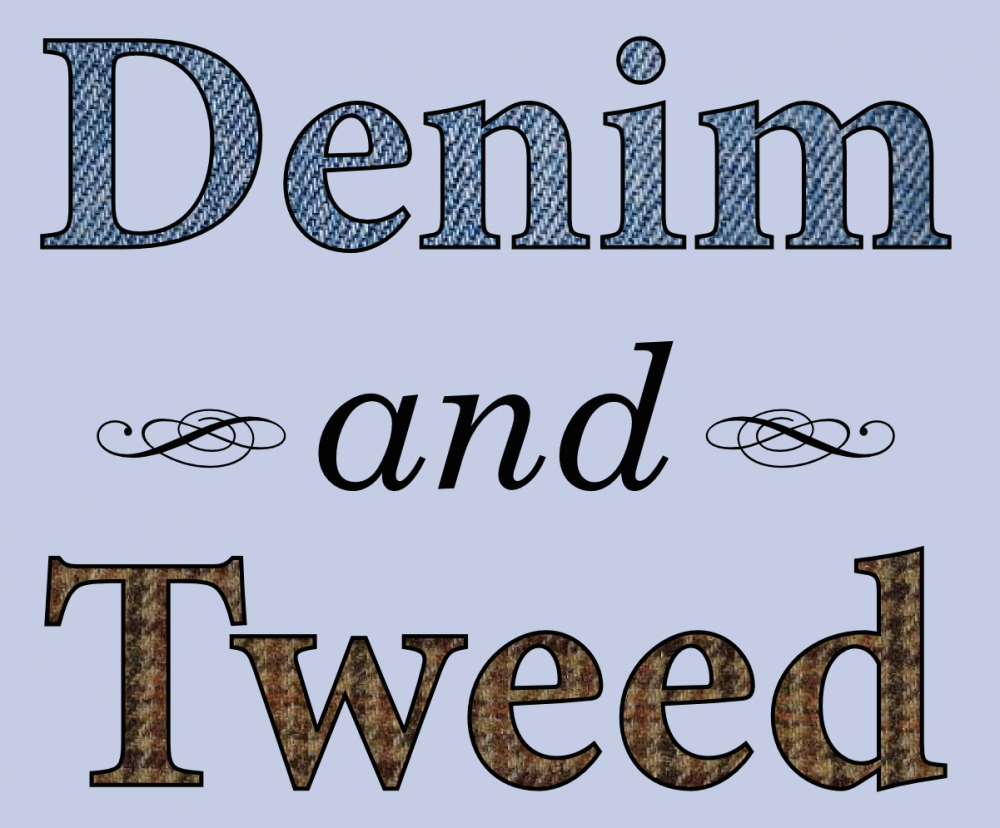 Photo by Martin LaBar.
Photo by Martin LaBar.- This week, at Nothing in Biology Makes Sense! The evolutionary significance of pollination syndromes.
- Because so do antibiotics. Bacterial antibiotic resistance genes predate the medical use of antibiotics.
- Paging Dr. Asimov. How to program ethics into autonomous technology.
- Culprit still at large. A twelve-thousand-year-old extinction event in North America probably wasn’t caused by an asteroid impact.
- Baby’s first password. Superb fairy wrens avoid feeding cuckoo chicks by singing to their eggs.
- Actually, it makes things simpler. Gay marriage from a database engineering perspective.
- Say goodbye to Florida? Some big Antarctic glaciers have melted past the point of no return.
- Slimming the death toll. To prevent birds from crashing into windows, paint on some vertical stripes.
◼









